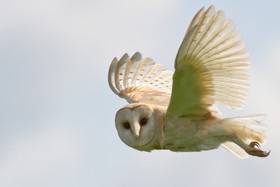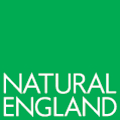Submitted by PBMS Admin on
One of the vital monitoring programmes that the Predatory Bird Monitoring Scheme operates is to measure the levels of second generation anticoagulant rodenticides (SGARs) in predatory birds. The Health and Safety Executive, the body responsible for regulation of rodenticide use in the UK, has identified PBMS monitoring of SGARs in barn owls as a way of monitoring the impacts of changes in SGAR usage regulations.
SGARs are widely used to control pest rodent populations but can be toxic to all mammals and birds. Predators that feed upon rodents are particularly likely to be exposed.
Lee Walker, coordinator for the PBMS, explains how you can help with this monitoring, “Our studies rely on members of the public who have found a dead bird of prey, contacted us and submitted the bird to our scheme. Most of the barn owls we receive have either been hit by a motor vehicle or have died of starvation. However the majority, about 90%, have detectable levels of SGARs in their livers. It is important to receive as many barn owls as possible each year because this allows us to account for factors such as the age of the bird in our analysis.”
You can help the scheme by continuing to submit any dead raptor you find and also letting friends and colleagues know about the work of the PBMS.







